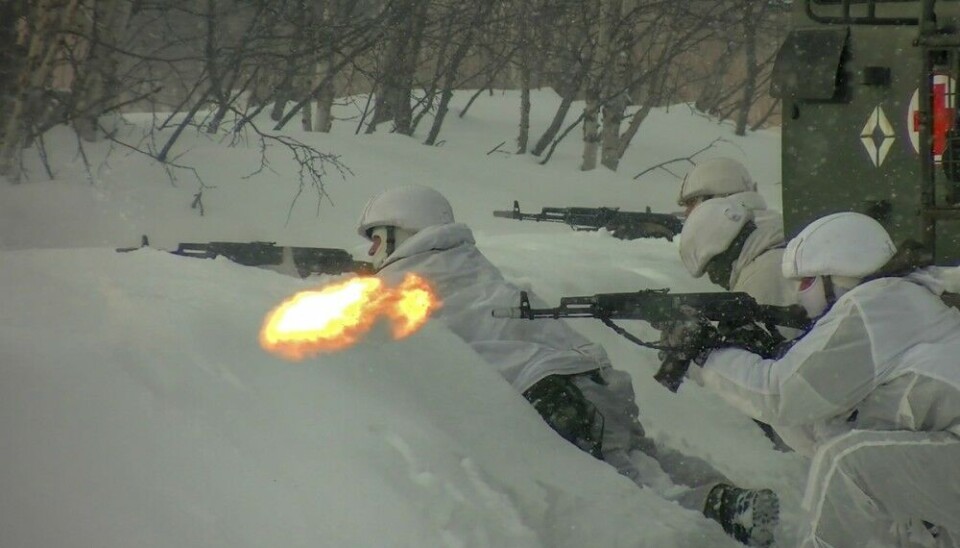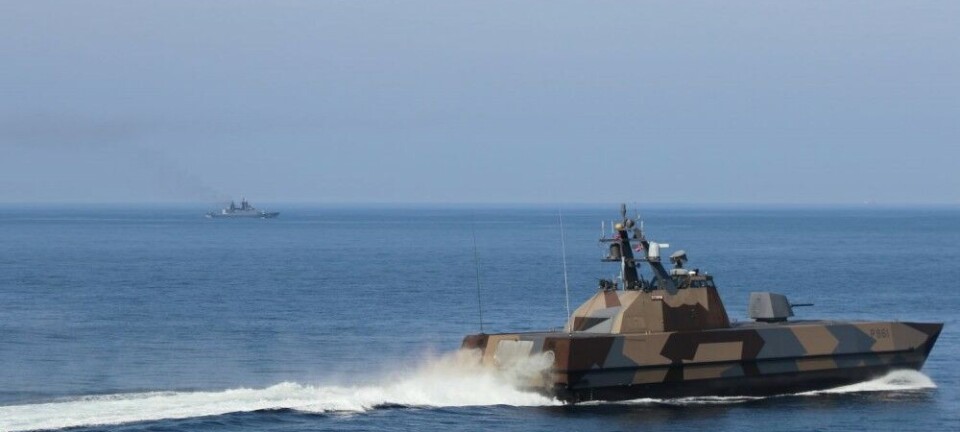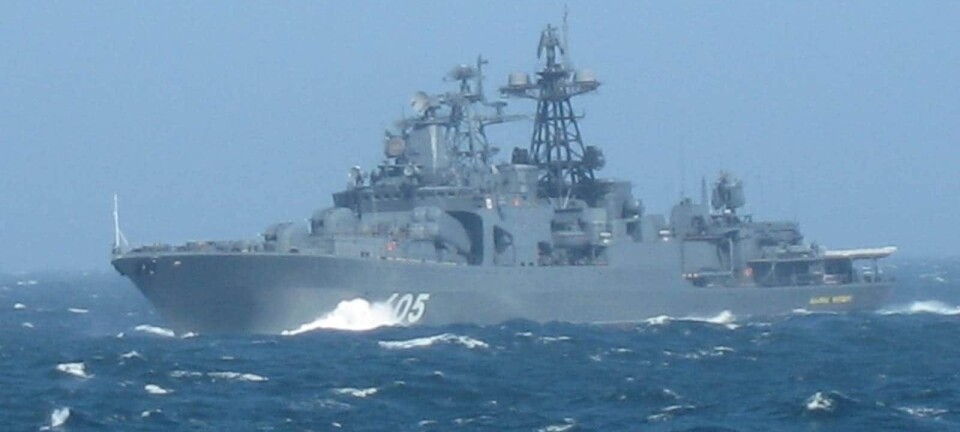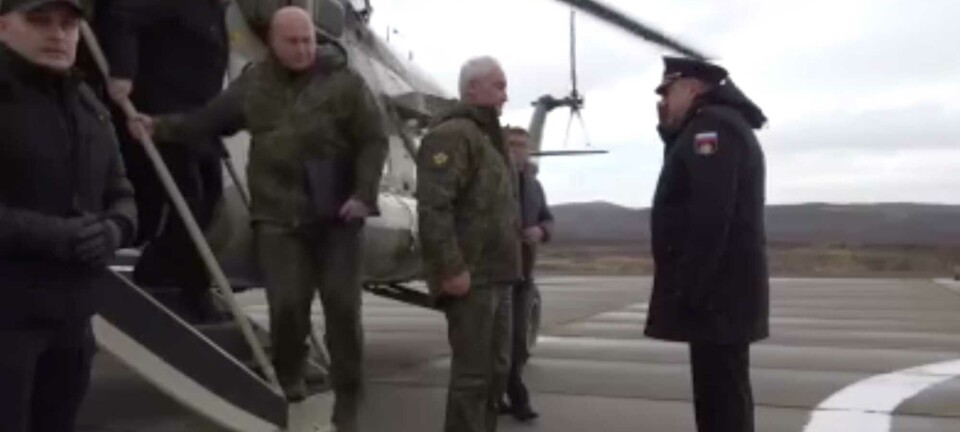
Defense Minister Belousov announces Zapad 2025 exercises
Russia and Belarus make a new attempt to hold a large strategic military exercise along their western borders after last year’s Zapad-2023 was canceled in lack of troops and equipment.
It was at the meeting of the joint Belarus-Russia Defense Ministry Collegium in Minsk on October 23 Defense Minister Andrei Belousov came with the announcement.
“We intend to maintain a high intensity of combat traing. Its culmination in 2025 will be the joint strategic exercise “Zapad”, Belousov said. A video recording of his speech was Wednesday posted on the ministry’s Telegram channel.
“The concept for the troops to practice tasks takes into account modern threats to Russia and Belarus,” Belousov added.
Last year, the pre-announced Zapad-2023 did never happen. Reasons for its call-off were never made public by the Defense Ministry, but it is widely believed there were a lack of both troops and equipment as the war on Ukraine required much more resources than anticipated.
Zapad-exercises involve both Russian and Belarusian forces and takes place along the western borders, from the Kola Peninsula in the north to the border with Poland in the south.
Belarusian Defense Minister, Lieutenant General Viktor Khrenin, confirmed at today’s meeting that preparations for Zapad 2025 have started.
“In these trying times of the global standoff between the West and the East, we are going to maintain the level of co-operation we have achieved so far, to develop and expand it further for the benefit of our countries’ sovereignty and independence,” Khrenin said.
The Russian Defense Minister said in his speech that his armed forces “continue to study captured NATO equipment” captured on the battlefields in Ukraine.
“We will identify its culnerabilities and use these features when creating new weapons,” Belousov said.
After Finland joined NATO in April 2023, Russia argued it needed to restructure its military forces by depriving the Northern Fleet of the status as a military district and reestablishing the Soviet-era Leningrad Military District. This is considered a sign that Russia’s military planners now see the entire western border as one theater of operation in case of war.





